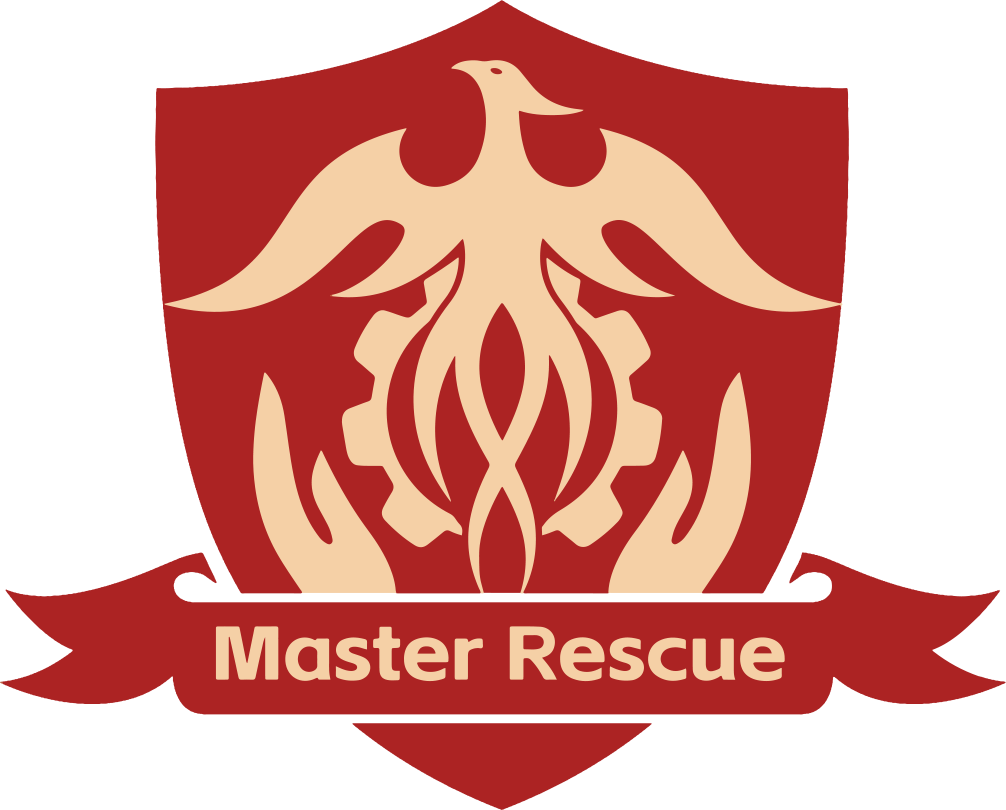A well-maintained trauma kit is a critical tool in emergency care. Just as important as having the right tools is ensuring that they are in good working order. Here’s how you can keep your trauma kit ready for action:
1. Regularly Check Expiry Dates
Many of the supplies in a trauma kit, such as bandages, ointments, and medications, have expiration dates. Make sure to check these regularly, and replace any expired items promptly.
2. Restock After Use
If you’ve had to use any items in your trauma kit, restock them as soon as possible. It’s easy to forget about these kits until you need them, but having a complete set when an emergency occurs is essential.
3. Ensure Proper Storage
Store your trauma kit in a cool, dry place, away from direct sunlight. This will ensure that your supplies remain in optimal condition, especially items that can degrade under heat or moisture, such as medical adhesives or certain types of bandages.
4. Train Regularly
While your trauma kit provides the tools, your training is what ensures you’re able to use them effectively. Regularly practice how to use each item, whether it’s applying a tourniquet or performing CPR. You can even take first aid and emergency response courses to stay sharp.
5. Customize for Your Specific Needs
Depending on where you work, live, or the types of activities you engage in, you might want to customize your trauma kit. For example, if you’re an outdoor enthusiast, you may want to add more items for environmental injuries like snake bites or frostbite. For those in high-risk jobs, additional tools like a spinal immobilizer or advanced airway devices might be necessary.
Trauma Kit for Different Environments
Your trauma kit should be tailored to your environment and the specific risks you face. Here’s how you can adapt it for different situations:
1. Home
In a home environment, a trauma kit should primarily be focused on treating common household injuries and emergencies. This might include bandages, burn dressings, splints, and wound care products. A basic trauma kit should suffice for home use, but ensure that you have the basic tools for handling severe cuts, burns, or fractures.
2. Outdoor / Hiking / Camping
For outdoor adventures, your trauma kit should cover a broader range of injuries that might occur in the wild. Think of things like sprained ankles, cuts, stings, and even snake bites. A more specialized kit might include insect bite relief, hydration solutions, and wilderness first aid tools. Always consider the specific risks associated with the terrain you’re traversing.
3. Workplace
Workplace trauma kits vary greatly depending on the nature of the job. If you work in an office, a basic kit may be sufficient for handling small cuts, burns, or injuries. However, in construction or industrial settings, more specialized equipment is needed, such as heavy-duty bandages, eye protection, high-quality splints, and tourniquets.
4. Car Emergency Kit
Your car trauma kit should be compact but comprehensive, as accidents are unpredictable. At a minimum, your kit should have basic bandages, gloves, antiseptic wipes, a tourniquet, and a trauma dressing for serious injuries. Consider adding a flashlight, reflective vests, and an emergency whistle in case you’re stranded in a remote area.
5. Tactical and Military
For military or tactical purposes, trauma kits are designed to handle life-threatening injuries sustained in combat or extreme situations. These kits are usually compact, portable, and designed to be accessed quickly. They often include tourniquets, chest seals, hemostatic gauze, and airway management tools.
Final Thoughts: The Importance of Being Prepared
A trauma kit is an essential tool that everyone should have in their home, car, and workplace, especially in environments where medical emergencies can arise. While you hope you’ll never need it, being prepared for a life-threatening injury can save lives. Equally important is ensuring that you know how to use the contents of your trauma kit effectively.
By maintaining a well-stocked, up-to-date trauma kit and learning the necessary skills to use it, you can be ready to respond quickly in an emergency, ensuring the safety of yourself and others around you. No matter the environment or situation, a trauma kit provides the basic tools to save lives when every second counts
